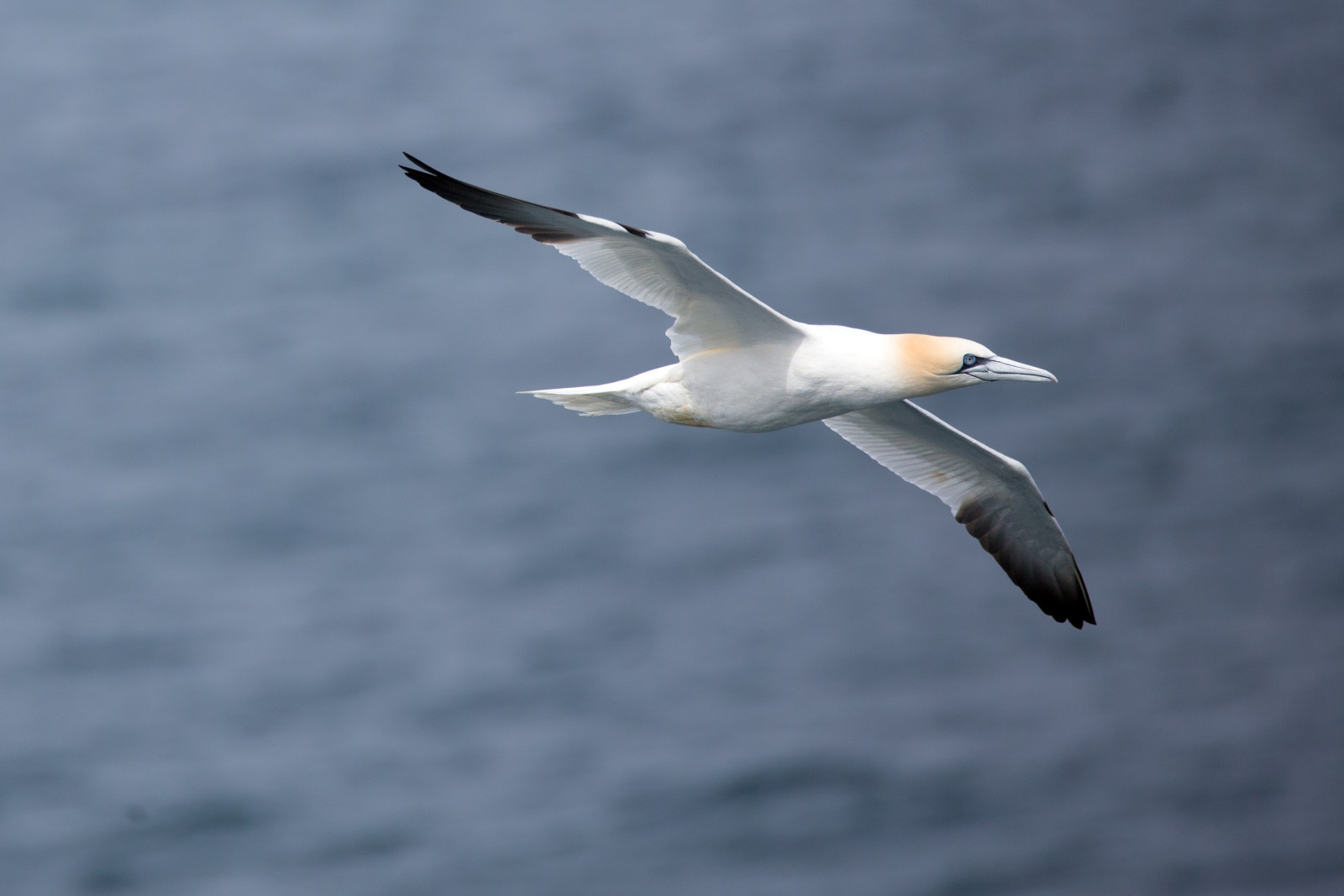Beschreibung
The Calf of Man is a rocky islet, half a mile off the south-west coast of the Isle of Man, in the middle of the Irish Sea. The steep slate cliffs are particularly attractive to sea birds. Calf of Man is good for waders (Meerstrandläufer, Großer Brachvogel, Goldregenpfeifer), seabirds such as Eissturmvogel, Basstölpel and Dreizehenmöwe, raptors and passerines. Rarities seen include Gelbbrauen-Laubsänger, Tüpfelsumpfhuhn, Blauschwanz, Rotaugenvireo and Zwergschnäpper. Grey seals haul ashore in autumn to have their pups.
Details
Zugang
Isle of Man is reached by ferry from Liverpool, Heysham, Belfast or Dublin, or by air from several cities. Small boats run from Port Erin and Port St Mary to Calf of Man. Must be booked in advance and depend on tides, weather, and staffing. No facilities of any kind on the island. Paths can be slippery - a warden broke an ankle here. the circular route marked is 5 km.
Terrain und Habitat
Vereinzelte Bäume und Büsche , Moor/Heideland , Meer , Landwirtschaft , Schlucht/CliffBedingungen
Hügelig , Felsig , RutschigRundweg
JaIst ein Spektiv nützlich?
Möglicherweise hilfreichGute Beobachtungszeit
GanzjährigBeste Beobachtungszeit
HerbstzugRoute
Normaler Weg , Schmaler PfadSchwierigkeitsgrad der Tour
DurchschnittlichErreichbarkeit
zu Fuß , BootBeobachtungshütten oder -türme
JaZusätzliche Informationen
Since 1959, organised ornithological work has been carried out on the Calf of Man under the supervision of appointed wardens. In 1962 it became an officially recognised Bird Observatory. The Observatory is located in the former farmhouse in the centre of the islet and is open from spring to autumn each year. There is self-catering accommodation on the Calf of Man at the Observatory.




